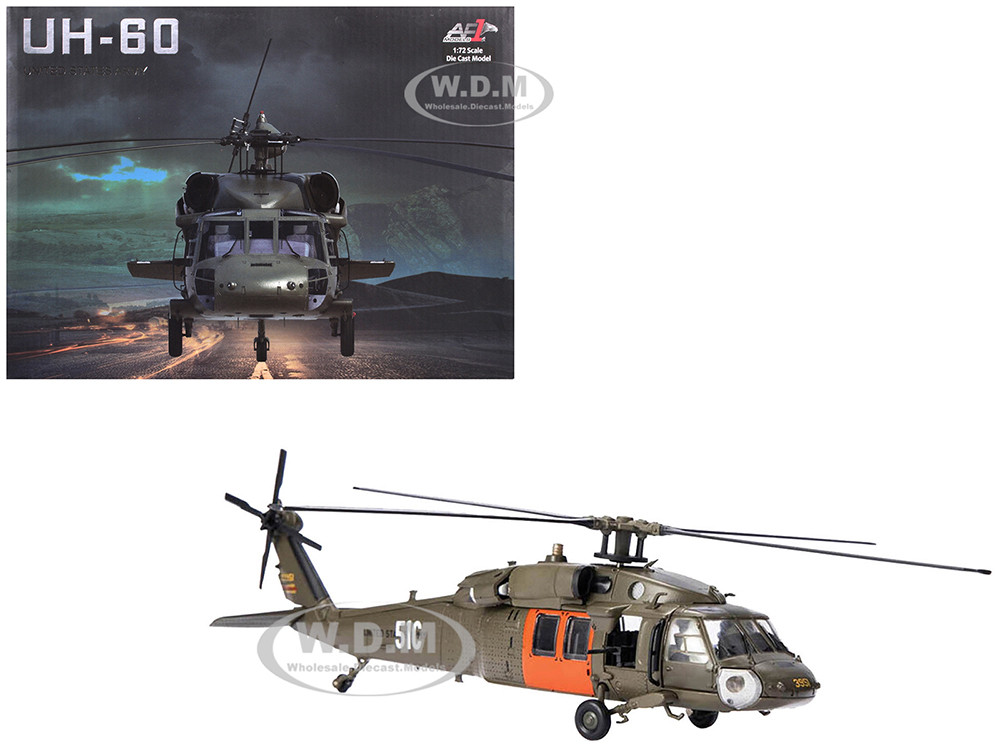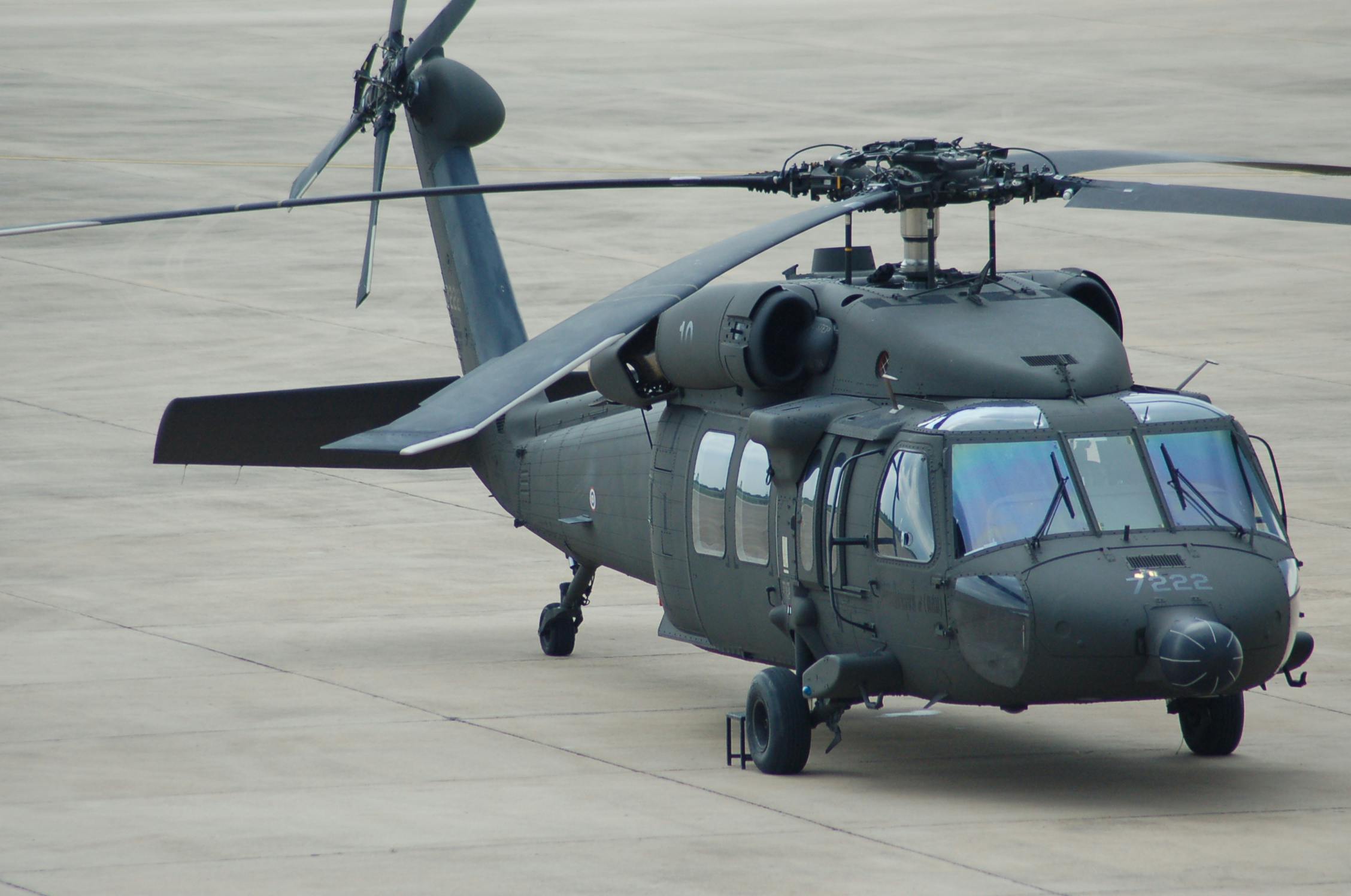UH 60 Helicopter Specifications: What Sets It Apart from Other Military Aircraft
UH 60 Helicopter Specifications: What Sets It Apart from Other Military Aircraft
Blog Article
Whatever You Required to Learn About the UH 60 Helicopter
The UH-60 helicopter, a keystone of United state Army aeronautics given that its debut in 1979, stands for an exceptional blend of design and operational convenience. As military needs advance, so as well does the helicopter, with recurring developments intended at enhancing its abilities and integrating modern technologies.
History of the UH-60
Created in the late 1970s, the UH-60 Black Hawk helicopter became a reaction to the U.S. Military's demand for a flexible energy helicopter that could carry out a range of goals under difficult problems. The impetus for its style was the imperfections recognized in the earlier helicopters utilized throughout the Vietnam War, particularly in terms of ability to move, rate, and survivability.
The Black Hawk was designed by Sikorsky Aircraft, integrating advanced innovations and materials to boost its performance and durability. It was officially presented into solution in 1979, rapidly coming to be an important property for military operations - uh 60. Its capacity to deliver soldiers, clinical emptying, and logistical assistance in both battle and humanitarian objectives made the Black Hawk an indispensable element of the U.S. Army's aviation fleet
Throughout the years, the UH-60 has been constantly upgraded, adjusting to the altering nature of warfare and the evolving needs of contemporary armed forces operations. Its functional background includes engagement in significant conflicts, peacekeeping goals, and catastrophe relief efforts, strengthening its reputation as a reliable and reliable helicopter in numerous atmospheres worldwide.

Design and Requirements
The design of the UH-60 Black Hawk helicopter regularly mirrors a commitment to functional efficiency and convenience. Established by Sikorsky Airplane, this medium-lift utility helicopter includes a sleek, aerodynamic fuselage that improves rate and ability to move. Its tandem rotor system, characterized by 2 counter-rotating blades, decreases vibration and raises lift capacity, enabling much safer operations in varied environments.
The UH-60 is powered by two T700-GE-701C turboshaft engines, offering an optimum rate of approximately 180 knots and a variety of around 400 maritime miles. Its durable airframe is created from advanced composite materials, making sure durability while preserving a fairly low weight. The helicopter has a maximum gross weight of regarding 22,000 extra pounds, sustaining a functional haul arrangement.

Missions and duties
A versatile platform, the UH-60 Black Hawk helicopter offers a multitude of roles and objectives within army operations. Created primarily for troop transportation, it can carrying as much as 11 soldiers, making it an important possession for quick deployment and logistical assistance.
In enhancement to troop transport, the UH-60 stands out in medical evacuation (MEDEVAC) objectives, outfitted with advanced medical you can try this out devices to give vital treatment throughout transit. Its ability to operate in diverse atmospheres improves its performance in fight search and rescue (CSAR) operations, where swift extraction of workers is essential.
The helicopter also plays a significant function in reconnaissance and security missions, utilizing onboard sensors and devices to collect knowledge. Furthermore, its versatility includes logistical support, capable of transporting materials and devices to ahead running bases - uh 60.
In combat operations, the UH-60 can be outfitted with numerous tool systems, allowing it to supply close air support. Its multi-role capability makes the Black Hawk a vital tool for modern army pressures, adjusting effortlessly to the advancing demands of battlefield scenarios and ensuring goal success throughout a variety of operational contexts.
Efficiency and Abilities
Understood for its robust efficiency, the UH-60 Black Hawk helicopter boasts impressive capacities that boost its operational efficiency across various goals. uh 60. This multi-role aircraft is equipped with effective twin-engine Turbomeca Arriel 1D1 engines, offering remarkable rate and ability to move, with a maximum cruise ship speed of approximately 150 knots and a functional variety of around 400 nautical miles
The Black Hawk's innovative avionics and fly-by-wire control systems dramatically improve trip safety and handling, permitting it to operate in varied environments, consisting of adverse climate condition. Its versatility is additional exhibited by its capability to lug as much as 11 completely furnished troops or a payload of around 8,000 pounds, making it excellent for army transportation, medical discharge, and logistical assistance objectives.
Additionally, the UH-60 is created for survivability, including strengthened airframes, ballistic defense for crew and travelers, and progressed countermeasure systems to escape risks. The helicopter's dexterity and rate, combined with its capability for quick deployment, make it an important asset in modern armed forces procedures, ensuring that it remains a crucial element of tactical air assistance and battlefield wheelchair.
Future Dope

One substantial focus is the combination of innovative my response avionics systems, which will improve situational awareness via boosted navigation and interaction abilities. This includes the possible use expert system to help pilots in decision-making and mission planning.
Furthermore, future variations may incorporate advanced products and layout features to reinforce the helicopter's resilience and decrease its radar signature, enhancing survivability in objected to atmospheres.
The intro of hybrid-electric propulsion systems is also coming up, intending to improve gas performance and minimize logistical worries. Such innovations might expand operational range and decrease the helicopter's ecological impact.

Conclusion
The UH-60 helicopter represents a substantial development in armed forces aeronautics considering that its intro in 1979. The UH-60's sustaining presence highlights its important function in modern military find more operations and highlights the ongoing advancement of armed forces air travel modern technology.
The UH-60 helicopter, a keystone of U.S. Army air travel given that its debut in 1979, stands for an amazing blend of engineering and functional adaptability. As military needs develop, so also does the helicopter, with continuous improvements intended at enhancing its capabilities and integrating modern innovations.The layout of the UH-60 Black Hawk helicopter regularly shows a commitment to functional effectiveness and versatility. Developed by Sikorsky Airplane, this medium-lift energy helicopter features a sleek, aerodynamic body that improves speed and maneuverability.The UH-60 helicopter stands for a considerable improvement in armed forces aeronautics considering that its intro in 1979.
Report this page